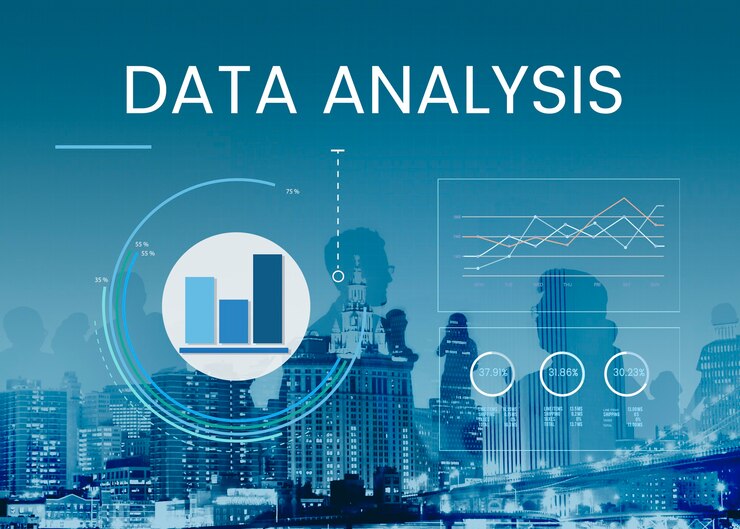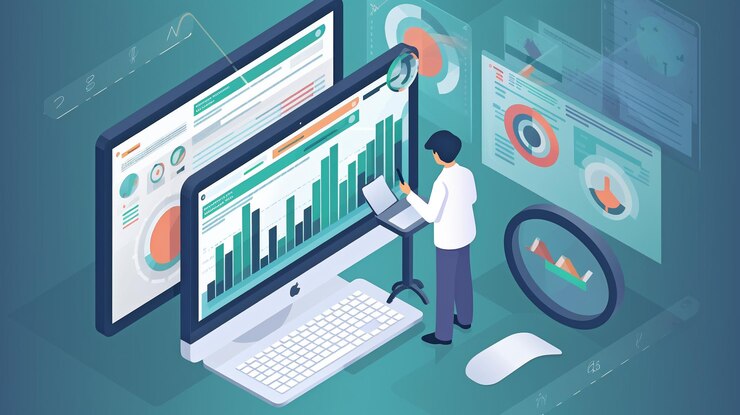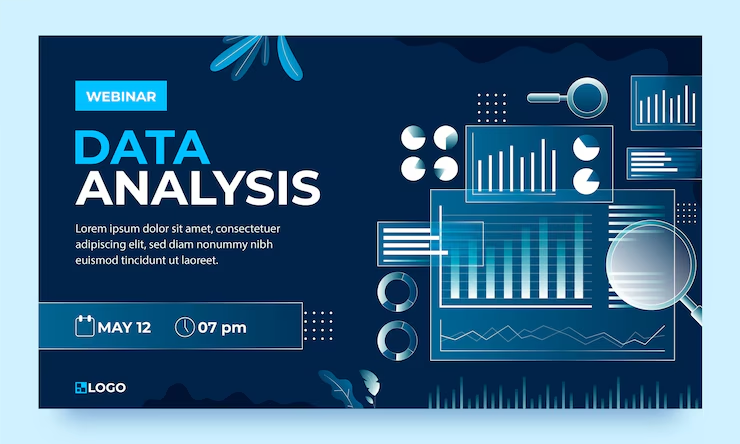
The Power of Big Data Analytics
Big data analytics refers to the process of examining large and varied datasets, or big data, to uncover hidden patterns, correlations, market trends, and customer preferences. This analytical process involves the use of advanced technologies and techniques to extract valuable insights that can drive business decisions and strategies.
Key Components of Big Data Analytics
- Volume: Big data involves vast amounts of data generated from various sources, including social media, sensors, transactions, and more. The ability to process and analyze these large datasets is a fundamental aspect of big data analytics.
- Velocity: The speed at which data is generated and processed is crucial. Real-time data analysis enables businesses to respond quickly to changing conditions and make timely decisions.
- Variety: Big data comes in various formats, including structured data (databases), semi-structured data (XML, JSON), and unstructured data (text, images, videos). Analyzing these diverse data types requires sophisticated tools and techniques.
- Veracity: Ensuring the accuracy and reliability of data is essential. Data quality and integrity are critical factors in deriving meaningful insights from big data analytics.
The Role of Big Data Analytics in Business
Big data analytics plays a pivotal role in transforming businesses across various industries:
- Enhanced Decision-Making: By leveraging big data analytics, organizations can make data-driven decisions that are more accurate and informed. This leads to better strategic planning and improved operational efficiency.
- Customer Insights and Personalization: Big data analytics enables businesses to gain deep insights into customer behavior, preferences, and needs. This information can be used to personalize marketing campaigns, improve customer experiences, and foster customer loyalty.
- Operational Efficiency: Analyzing operational data helps identify inefficiencies and areas for improvement. Businesses can streamline processes, reduce costs, and enhance productivity through data-driven optimizations.
- Risk Management: Big data analytics allows organizations to identify potential risks and threats by analyzing historical data and predictive models. This proactive approach to risk management helps mitigate issues before they escalate.
Applications of Big Data Analytics
Big data analytics is utilized across various sectors to drive innovation and improve outcomes:
- Healthcare: In the healthcare industry, big data analytics is used to analyze patient data, improve diagnostics, and personalize treatment plans. It also plays a crucial role in medical research and public health monitoring.
- Finance: Financial institutions use big data analytics to detect fraud, manage risk, and optimize investment strategies. Real-time analysis of market data helps in making informed trading decisions.
- Retail: Retailers leverage big data analytics to understand customer buying patterns, optimize inventory management, and enhance supply chain efficiency. Personalized marketing campaigns based on customer insights lead to increased sales and customer satisfaction.
- Manufacturing: In manufacturing, big data analytics is used to monitor equipment performance, predict maintenance needs, and improve product quality. Analyzing production data helps optimize manufacturing processes and reduce downtime.
- Transportation and Logistics: Big data analytics helps optimize routes, reduce fuel consumption, and improve delivery times in the transportation and logistics industry. Real-time tracking and analysis of fleet data enhance overall operational efficiency.
Big Data Analytics Techniques
Descriptive Analytics
Descriptive analytics focuses on summarizing historical data to understand what has happened in the past. It involves techniques such as data aggregation, data mining, and data visualization to provide insights into trends and patterns.
- Data Aggregation: Combining data from multiple sources to provide a comprehensive view of business operations and performance.
- Data Mining: Extracting patterns and relationships from large datasets using statistical and machine learning techniques.
- Data Visualization: Representing data in visual formats such as charts, graphs, and dashboards to facilitate easy interpretation and analysis.
Predictive Analytics
Predictive analytics uses historical data and statistical algorithms to forecast future outcomes. It helps businesses anticipate trends, identify potential risks, and make proactive decisions.
- Regression Analysis: Identifying relationships between variables to predict future values based on historical data.
- Time Series Analysis: Analyzing time-ordered data to identify trends, seasonal patterns, and cyclical fluctuations.
- Machine Learning: Employing machine learning algorithms to build predictive models that can analyze complex data and make accurate predictions.
Prescriptive Analytics
Prescriptive analytics goes beyond prediction to recommend actions based on data analysis. It involves optimization and simulation techniques to determine the best course of action.
- Optimization: Identifying the most efficient and effective solutions to achieve business objectives, such as maximizing profits or minimizing costs.
- Simulation: Creating models to simulate different scenarios and evaluate the potential outcomes of various decisions.
- Decision Analysis: Using data-driven insights to support decision-making processes and improve business strategies.
Big Data Analytics Challenges and Solutions

Data Quality and Management
Ensuring data quality and effective data management is a significant challenge in big data analytics. Poor data quality can lead to inaccurate insights and flawed decision-making.
- Data Cleaning: Implementing processes to detect and correct errors, inconsistencies, and inaccuracies in data.
- Data Integration: Combining data from disparate sources to create a unified view of information.
- Data Governance: Establishing policies and procedures for data management, security, and compliance to ensure data integrity and reliability.
Scalability and Performance
Handling large volumes of data and ensuring the scalability and performance of big data analytics systems is crucial for deriving timely insights.
- Distributed Computing: Using distributed computing frameworks such as Hadoop and Spark to process and analyze large datasets across multiple nodes.
- Cloud Computing: Leveraging cloud-based platforms to scale data storage and processing capabilities on-demand.
- Real-Time Analytics: Implementing real-time analytics solutions to process and analyze data as it is generated, enabling immediate insights and actions.
Privacy and Security
Protecting sensitive data and ensuring privacy and security in big data analytics is a critical concern, especially with the increasing volume of personal and confidential information.
- Data Encryption: Implementing encryption techniques to secure data at rest and in transit.
- Access Control: Enforcing strict access control measures to ensure that only authorized personnel can access sensitive data.
- Compliance: Adhering to data protection regulations and standards, such as GDPR and HIPAA, to safeguard privacy and ensure compliance.
Conclusion
Big data analytics is transforming businesses by providing data-driven insights that enhance decision-making, improve operational efficiency, and drive innovation. The benefits of big data analytics, including enhanced decision-making, customer insights, and risk management, have made it a vital tool across various industries. However, challenges such as data quality, scalability, and privacy must be addressed to fully harness the potential of big data analytics. By implementing best practices and leveraging advanced techniques, organizations can overcome these challenges and unlock the power of big data to achieve their business objectives. As technology continues to evolve, big data analytics will play an increasingly important role in shaping the future of business and society.

[…] Influencing Trending […]